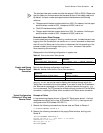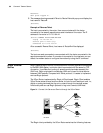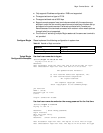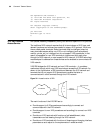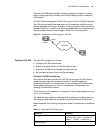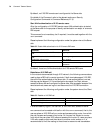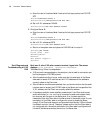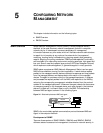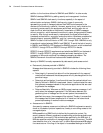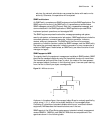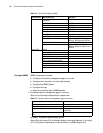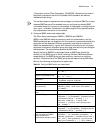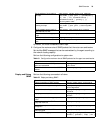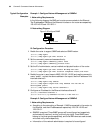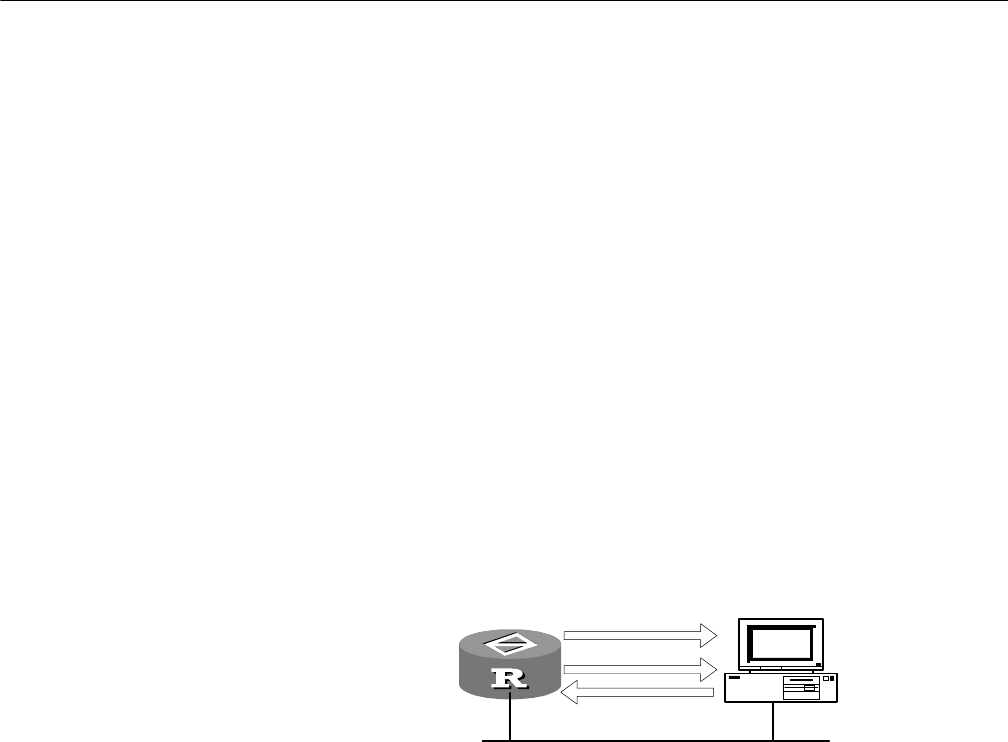
5
CONFIGURING NETWORK
MANAGEMENT
This chapter includes information on the following topics:
■ SNMP Overview
■ RMON Overview
SNMP Overview Simple Network Management Protocol (SNMP), a widely accepted industry
standard, is the most dominant network management protocol in computer
networks by far. It is developed to ensure transmission of management
information between any two nodes, which will facilitate network administrators
to search for information at any node on the networks for the purpose of
modifying, locating faults, troubleshooting, planning capacity and generating
reports. Adopting the polling mechanism, SNMP provides essential functionality,
and is suitable for a networking environment requiring small size, high speed and
low cost. Since it uses the transport layer protocol UDP (User Datagram Protocol)
which requires no acknowledgement, it gains wide support in many products.
SNMP system comprises an NMS (Network Management Station) and an agent.
NMS is the workstation running the client application. It sends various request
packets to the managed network devices, receives the response and trap packets
from the managed devices, and displays status information of the managed
devices. The agent is a process running on the managed equipment. It receives
and processes the request packets from the NMS, and responds to the NMS by
returning the corresponding management variables obtained from the protocol
module of the managed equipment. Whenever the agent detects the occurrence
of emergency events on the managed device, such as a change in the interface
status or a failed call, it will send traps to notify the NMS. The relationship
between NMS and agent is shown in the following figure:
Figure 34 Relationship between NMS and agent
SNMP is the most widely applied communication protocol between NMS and
Agent in the computer network.
Development of SNMP
There are three versions of SNMP: SNMPv1, SNMPv2c and SNMPv3. SNMPv3
defines a series of access control management functions for network security, in
NMS
Router
Ethernet
Request
Response
Trap



